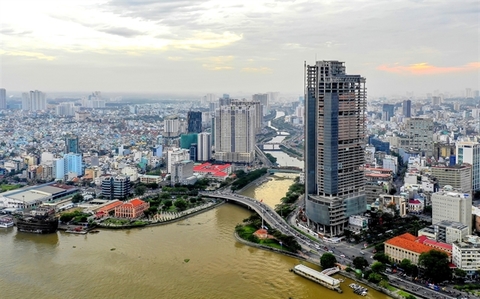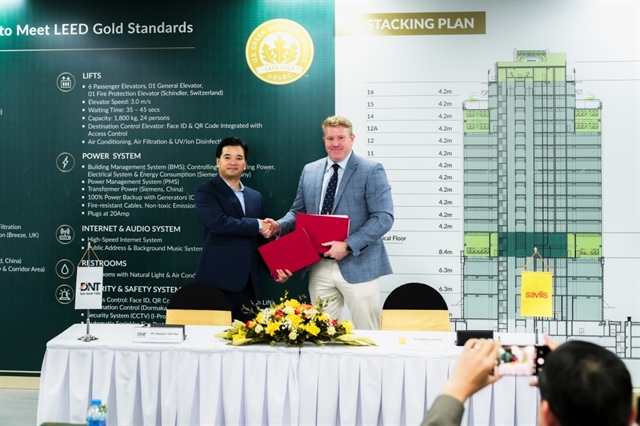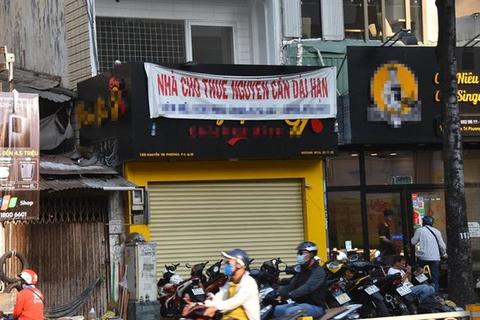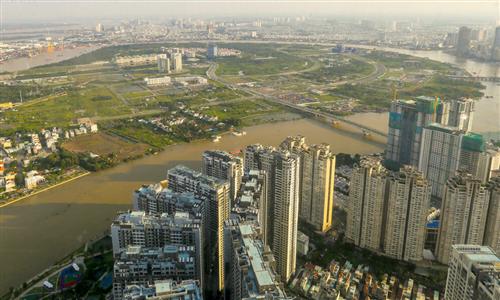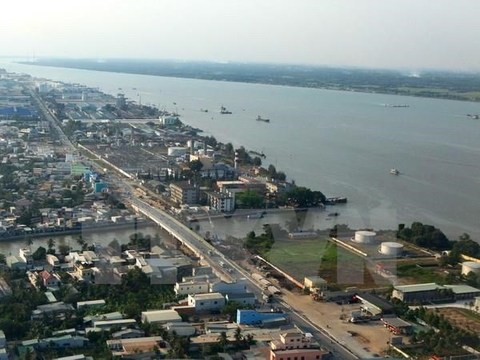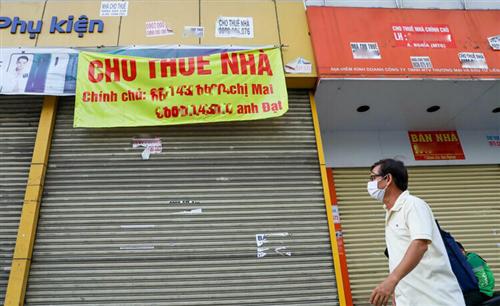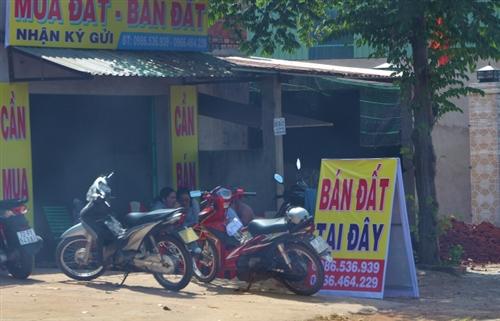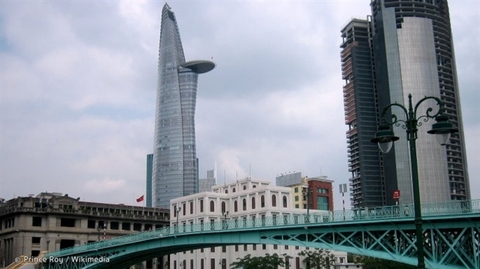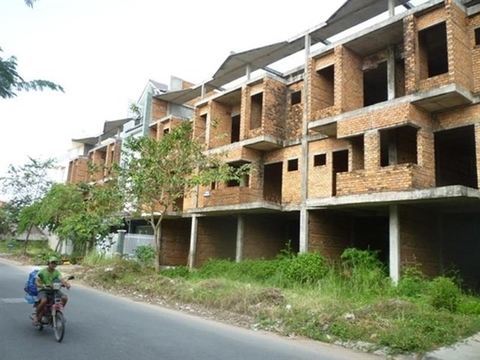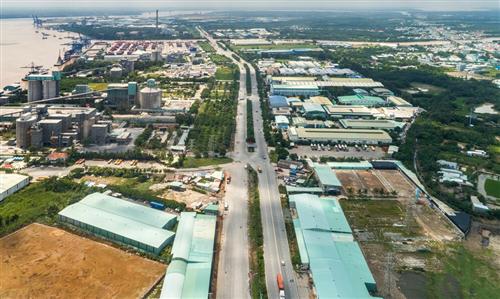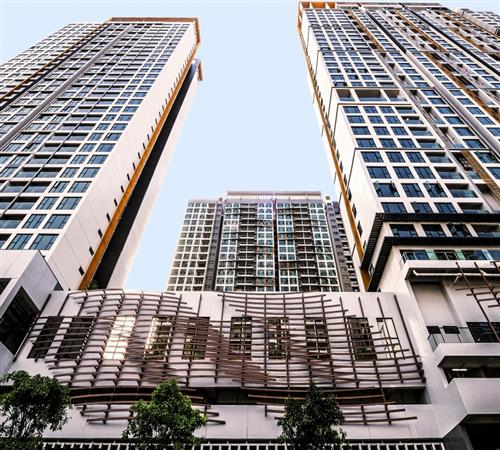AkzoNobel forges path for smart city development
AkzoNobel forges path for smart city development
Countries worldwide are choosing to develop smart cities as a way to respond to population pressures and sustainable development requirements. Pamela Phua, general director of AkzoNobel Paints Vietnam, shared with VIR’s Hoang Anh the details of smart cities from AkzoNobel’s perspective, and provides information on some innovative technologies to help accelerate the process of building these in Vietnam.
For more than a decade, smart cities have been attached with smart technology and data. However, recently architects and designers have grown wary of the term and prefer that it revolves around people rather than things. What is your belief?

Pamela Phua, general director of AkzoNobel Paints Vietnam
|
Smart technology and data of course are essential to build foundations for smart cities, physically. They drive people by the functionality - how we get roads, how we collect waste, and how we get the buildings.
However, if people are ill-equipped to capitalise on the efficiencies and opportunities those innovations create, they mean nothing. The key lies in citizens to operate the cities of the future. That’s why we should focus on the human aspect. This is a story of not only training people with new devices but also helping them build a living space where they get inspired and a home feeling, where they feel connected – that means a better life inside-out.
Up to now, not many cities have successfully transformed into smart cities. In Vietnam, this is even more difficult. What is preventing the switch and what can be done about it?
The idea of a smart city encompasses more than the clever application of technology. That technology must also contribute to make cities more sustainable and improve the life of people who live there. Moreover, we also face many challenges in reducing energy consumption and the impact on the environment.
To solve these problems, our architecture experts have proposed five key pillars: sustainable quality, saving energy, saving resources, health protection, and environmental protection. Currently, these pillars are considered as the main trends in the global market.
And for the life of our planet, I believe that these will be the must-have conditions for all development plans not just for us but other enterprises in the future. In the past few years, we have put efforts into inventing and innovating new products, services, and technologies to help architecture works meet these five pillars.
With Dulux Professional’s portfolio of about 70 products, we can supply a wide range of sustainable solutions for project customers to develop smart cities. Dulux Professional is a pioneer in advanced technologies and promoting green architecture in urban areas. Over the years, the innovation platforms for the product range have been developed which will offer better resource and energy efficiency, longer durability, and even higher safety to users.
How can the technologies that AkzoNobel has provided to the Vietnamese market solve the major problems, and help the country successfully build its future smart cities?
Of course, no solution is perfect enough to completely solve all problems when building smart cities. However, thanks to business and government co-operation in inventing and innovating new technologies, current difficulties have been partly solved.
Furthermore, enterprises are also trying hard to find more new and sustainable solutions to fulfil their business strategies. To address issues such as the platform, energy, and the environment, AkzoNobel has introduced to Vietnam and the global market many efficient technologies such as KeepCoolTM and TimeResistTM.
The cooling feature of KeepCoolTM technology has been used to solve the problem of energy consumption. With UV-reflecting particles, the tech can significantly increase the amount of infrared radiation reflected by building facades and reduce wall temperature by up to 5 degrees Celsius, leading to a potential 10-15 per cent in energy savings for the building.
With the issue of saving resources, Dual-TechTM technology is an effective solution that we have introduced to the market. This technology could increase 30 per cent work efficiency in productivity by reducing one less coat. Meanwhile, to ensure sustainable quality, TimeResistTM technology is the first choice to help deliver long-lasting protection from colour fading, algae resistance, and dirt retention.
Finally, to protect the health and environment, we have provided to our customers various environmentally-friendly products with low volatile organic compounds (the chemicals responsible for that new paint smell), and better ability to neutralise odours.
Besides innovative technologies, what are some other strategies to help Vietnam build smart cities?
In past years, besides giving Dulux Professional’s comprehensive solutions for project customers, we also supported the sustainability trend through a series of meaningful activities.
For example, we sponsored the Sustainable Real Estate Development Conference and the Association of Vietnamese Architects at the Singapore Green Building Week or supporting the young generation, through events and scholarships, helping to create promising futures for our smart cities. We have also attended the third Smart City Summit in the central city of Danang to share our expertise and experience in building smart cities.
In the following years, we will continue toward our sustainable development orientation by constantly innovating our products and technologies. In addition, we will also seek and participate in more activities to promote the green architecture in Vietnam, contributing to creating a solid foundation for smart and sustainable cities.




